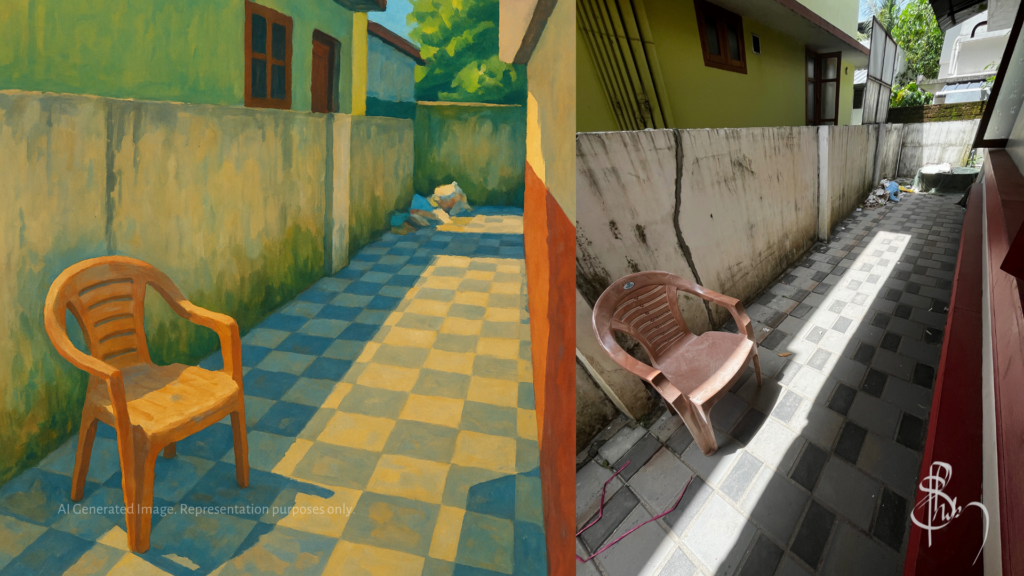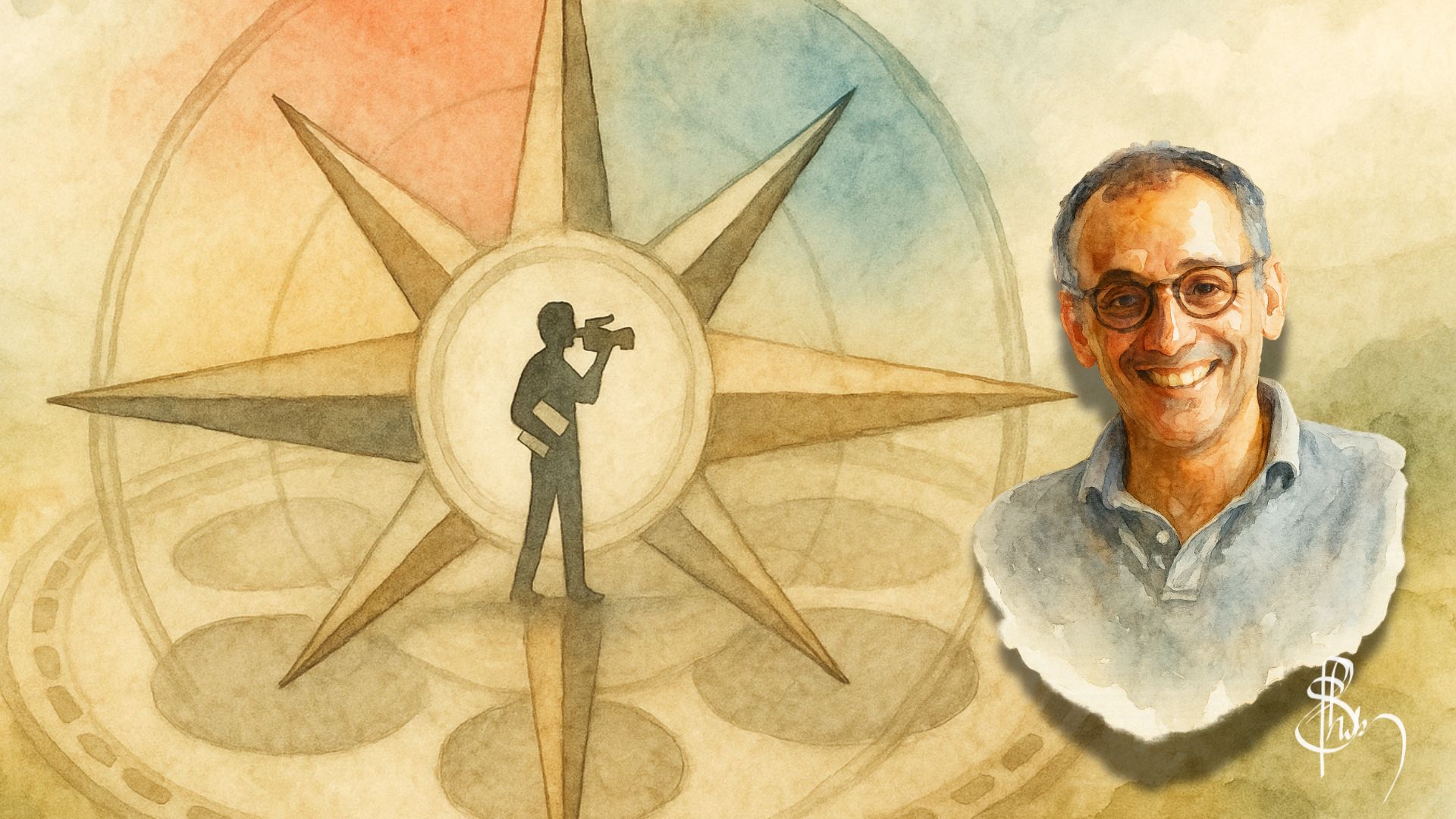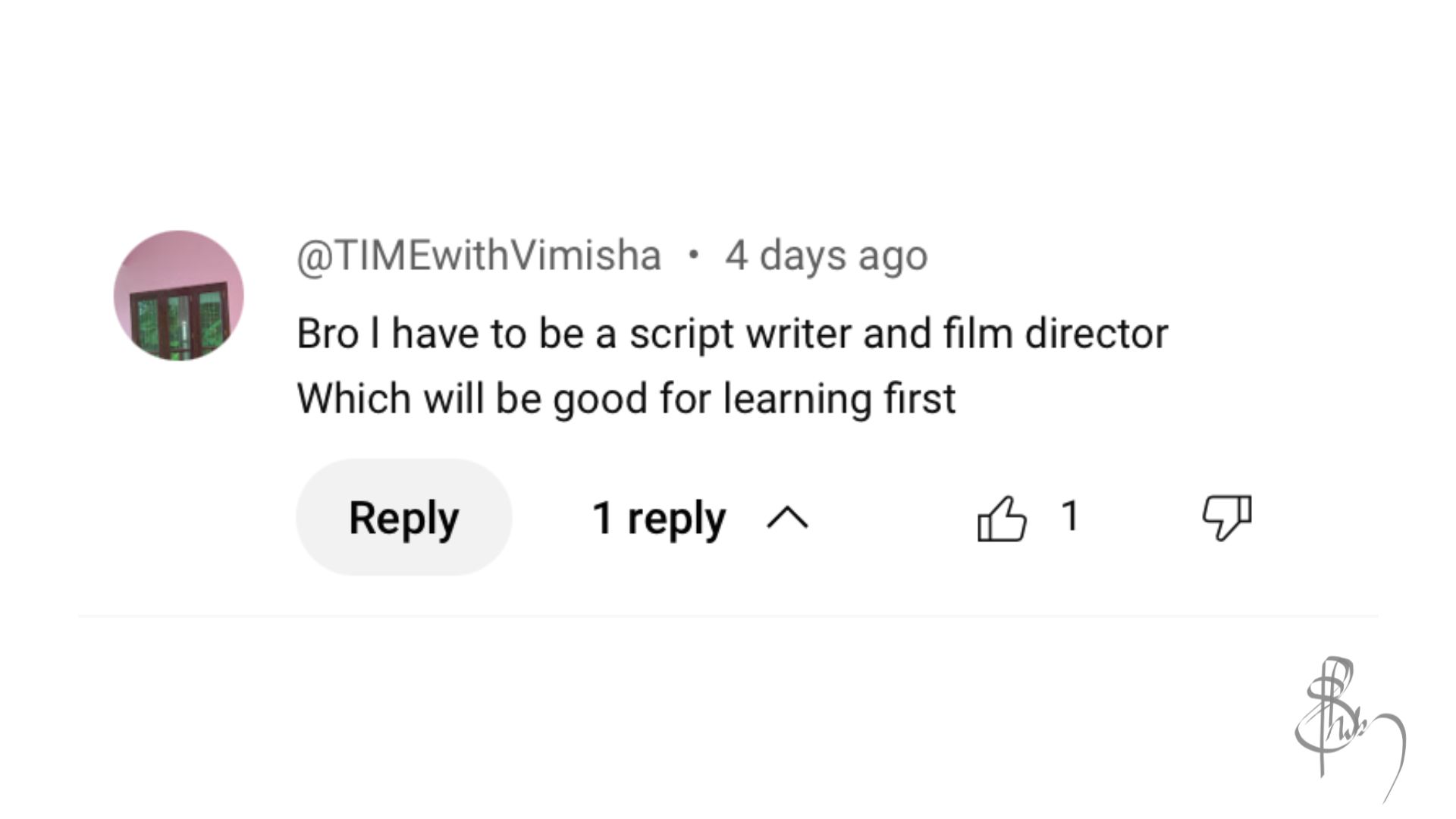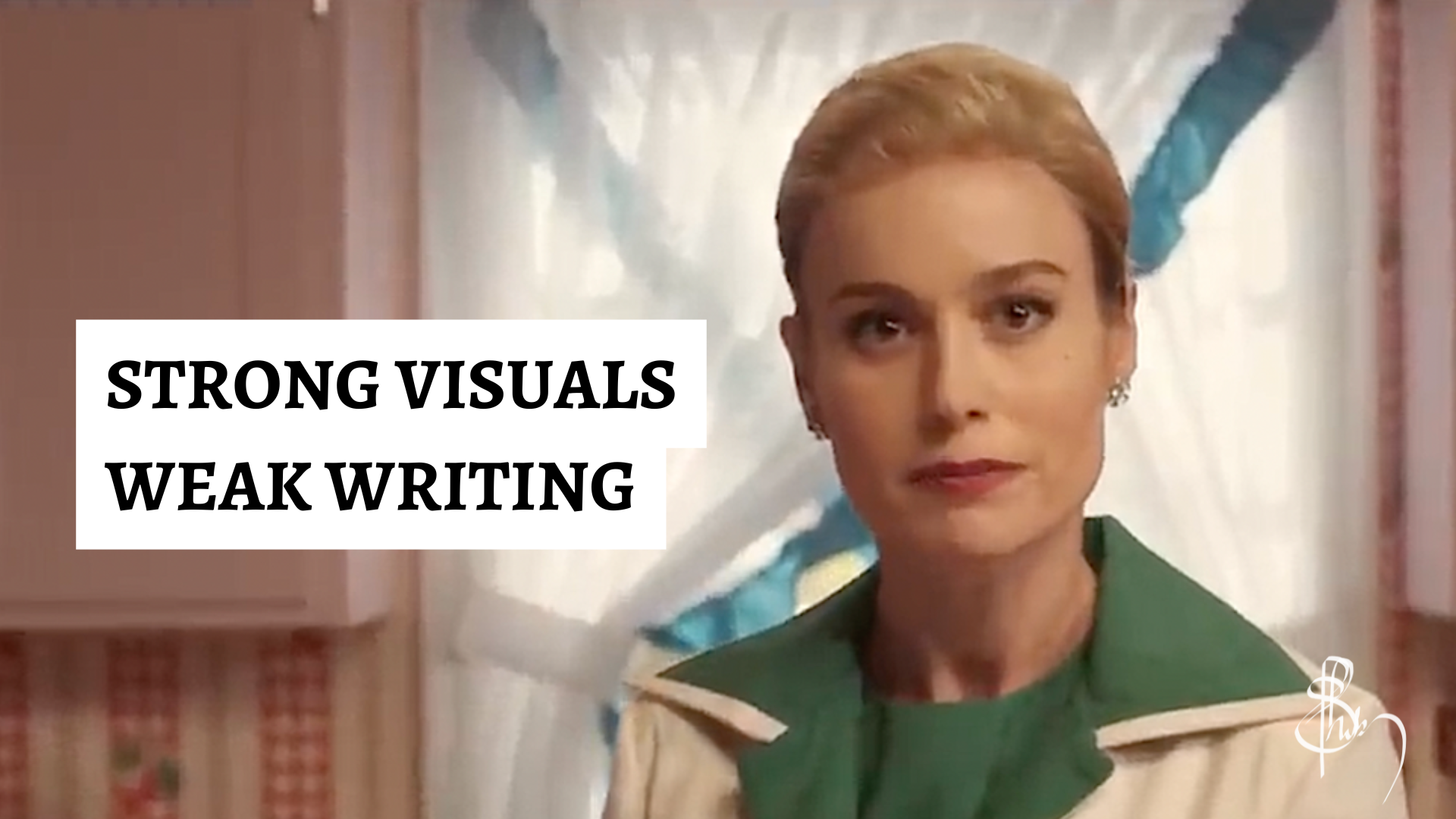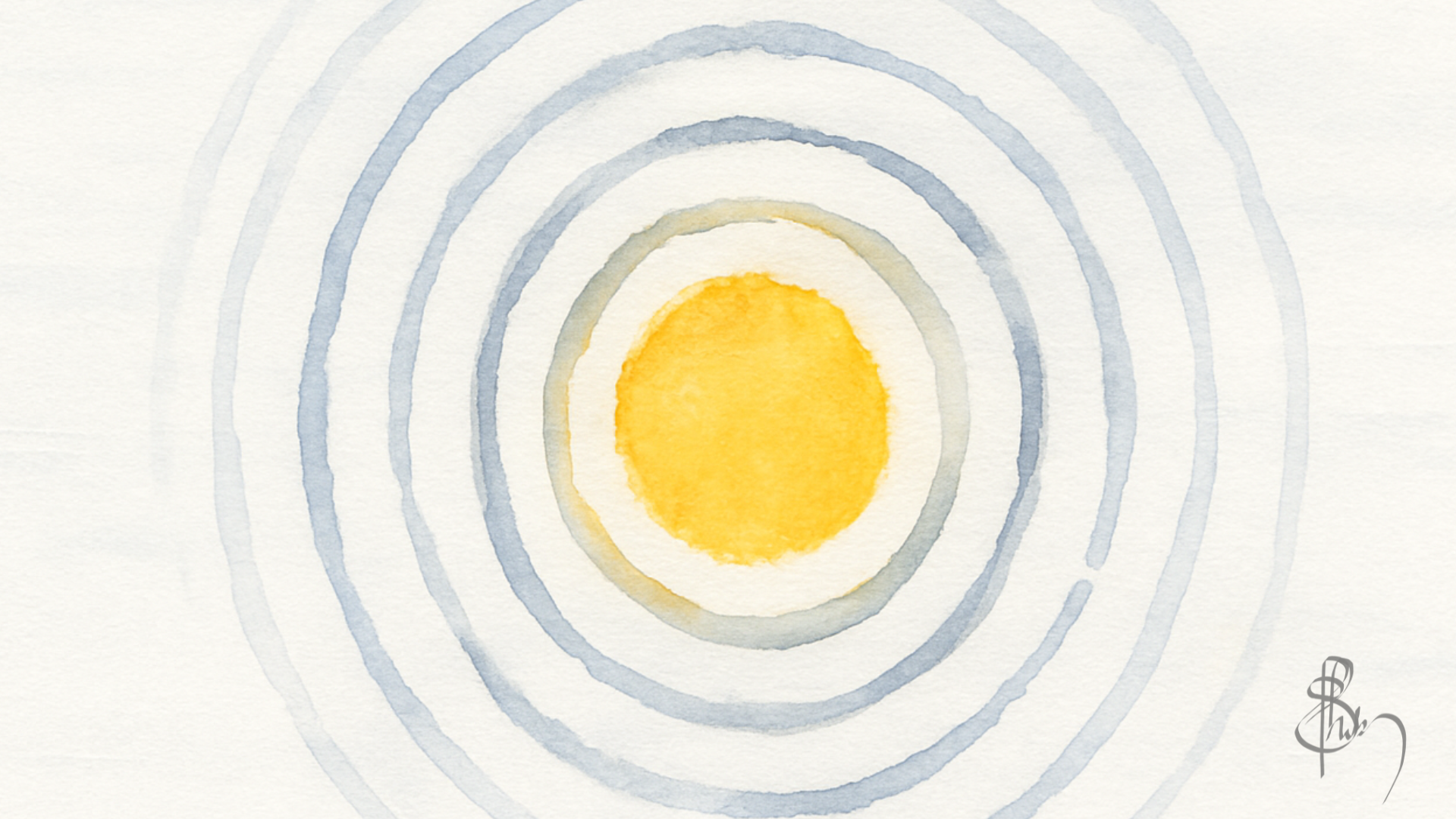I took a photo of an empty corridor outside the post office. I didn’t know why. Later, I sent it to ChatGPT and asked it to describe it. It became less about the photo and more about becoming self-aware and how AI helped me pay attention to what I already see.
I wanted to see if I could turn the photo into a painting. Not to beautify it. Just to bring out the image in my head. I’ve always liked the idea of painting and sketching but never developed the skill. Still, I see visuals, and I wondered if AI could help me get those paintings out of my head.
How AI’s Questions Helped Me Pay Attention
I asked ChatGPT to ask me clarifying questions. That pulled me into a spiral. I had to explain what in the image I liked. If I didn’t, the result was just a cliché version of the photo with the same objects and none of the feeling.
So I had to reflect. On what I liked, what resonated with me, and what each element meant to me. I had no idea. Never had I thought about it. I just felt something and clicked.
Then I had to look at different painting styles. Like comparing the muted and overly melancholic tones of Vilhelm Hammershøi against Jean-Baptiste-Siméon Chardin’s still life paintings that had attention to light, and the softness of oil painting. I chose one that felt right for the feeling I was having. Then worked with the AI to write a prompt that could hold the feeling, not just the elements in the scene.
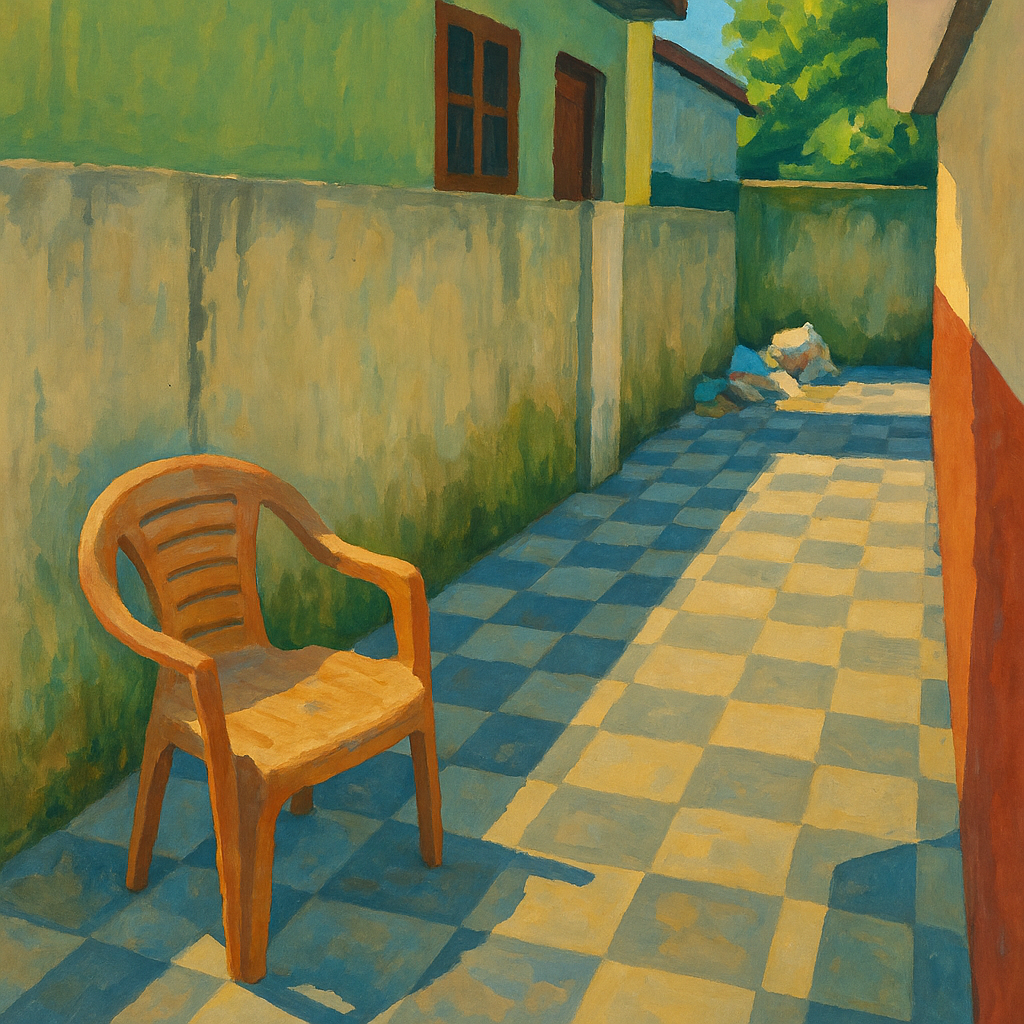
The Final Image Mattered Less Than What I Learned While Making It
In all this what I liked most wasn’t the image I got. I liked it, of course. There were a couple of attempts. The one above is the one I resonated the most with. What stayed with me more was the process and how AI helped me pay attention to the way I actually see. The clarity. Why this corner. Why that light. That chair.
At first glance, it’s a blank image. No people. Just a chair, some trash, a mossy wall. But the chair is angled. Faded. Used. Someone placed it. The trash was left recently. The moss took time. Everything points to a life passing through, even if a human isn’t in the frame.
It’s still. But not empty.
I think that’s what I’m learning here. Not just how to use AI. But how to see. How I already see. How to slow down enough to notice what I am drawn to. Becoming sort of self-aware of the subtleties that I already see.
I’m not trying to imitate anyone else’s art. I’m trying to understand my own way of looking. What catches my eye. What stays. And that is how AI helped me pay attention to the way I see. At a stretch, I might even dare say that AI is making me more self-aware, at least just so that I can get what I want out of it.
If you read till the end then you might like this other blog I wrote on what I told my friend when he was trying ChatGPT for the first time or when ChatGPT is better than Google.

